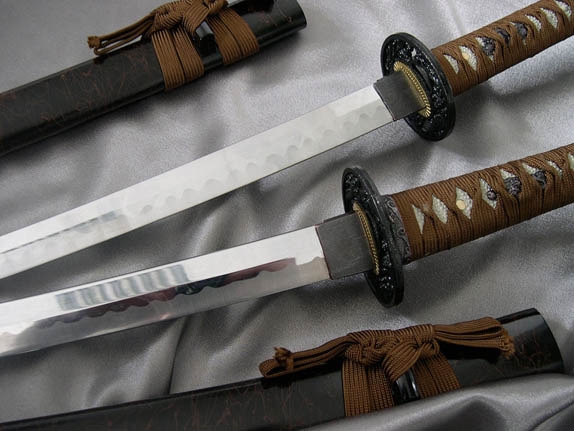Instruction
1
In studying the art of the katana from ancient times used its full analogue of the blade in its properties called "bokken".
2
Bokken form is fully consistent with the katana, but because it is made of wood, it is a little easier.
Bokken usually made from durable species of woodsuch as oak, beech, hornbeam and the like. In Japan, bokken decided to do of the white oak (Shiro kashi), red (Aka kashi), brown or black (Chaironuri kashi).
Bokken usually made from durable species of woodsuch as oak, beech, hornbeam and the like. In Japan, bokken decided to do of the white oak (Shiro kashi), red (Aka kashi), brown or black (Chaironuri kashi).
3
Since the tradition of the sword in Japan has more than one hundred years, and training swords Bocconi also have their canonical dimensions, weights and names depending on schools using them.For example, bokken Bokuto (Iita) is made from white or red oak, length 102cm, weight is from 580 to 620 g depending on the material.
4
Bokken Casey-Ryu is the heaviest of all, the length 102 cm weighs 730 g.
Garda (transverse pad that protects the hand from sliding along the blade weapons of the enemy) bockenek usually not used.
Garda (transverse pad that protects the hand from sliding along the blade weapons of the enemy) bockenek usually not used.
5
To give the characteristic whistling sound when the correct position of the arms at impact, along the "blade" of bokken make a shallow groove, called "Chi".
6
Blade "blade" of bokken (like real katana) beveled at an angle of 45 degrees on the end.
The profile of bokken depending on type may be flattened, oval or round.
The profile of bokken depending on type may be flattened, oval or round.
